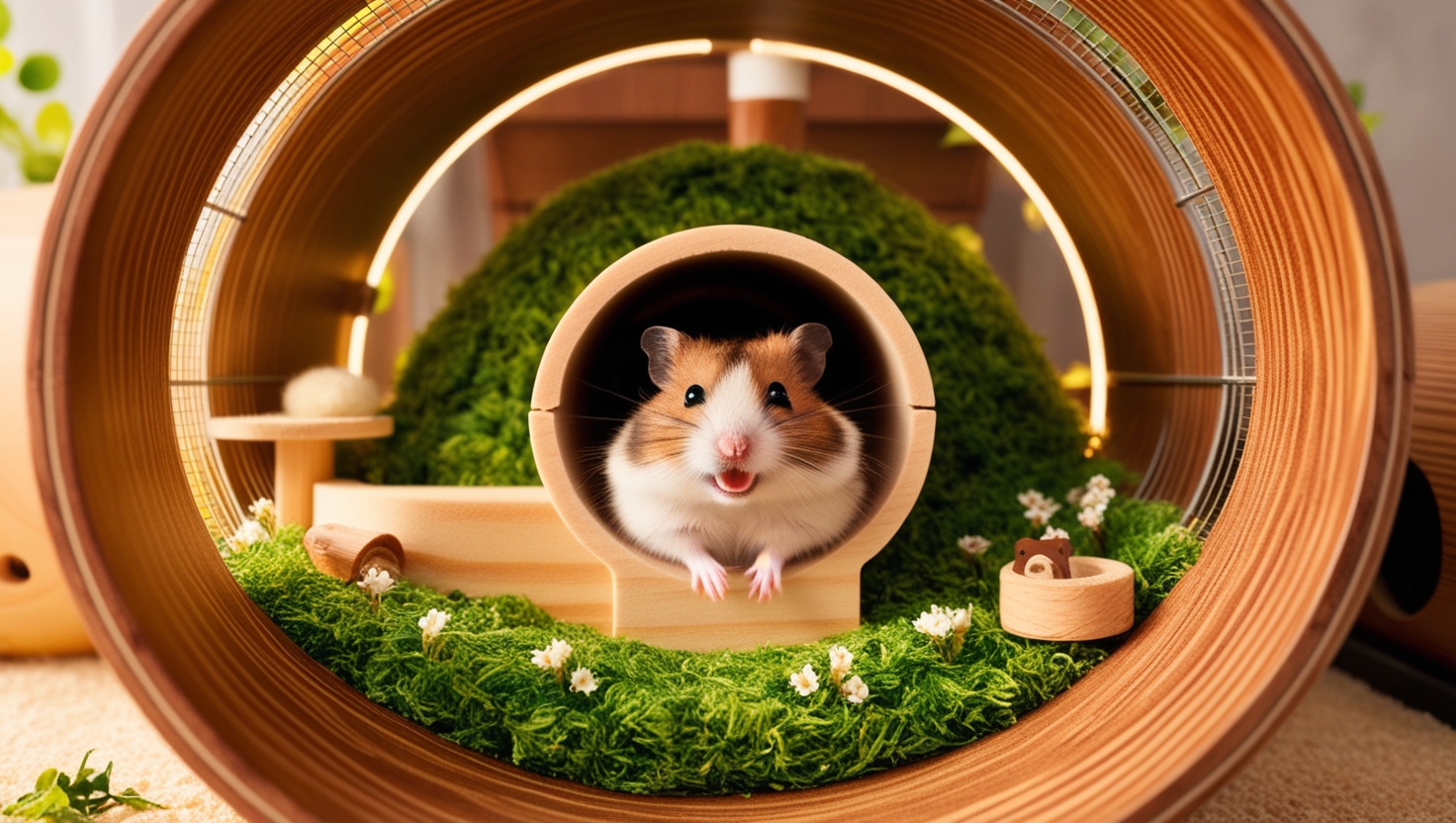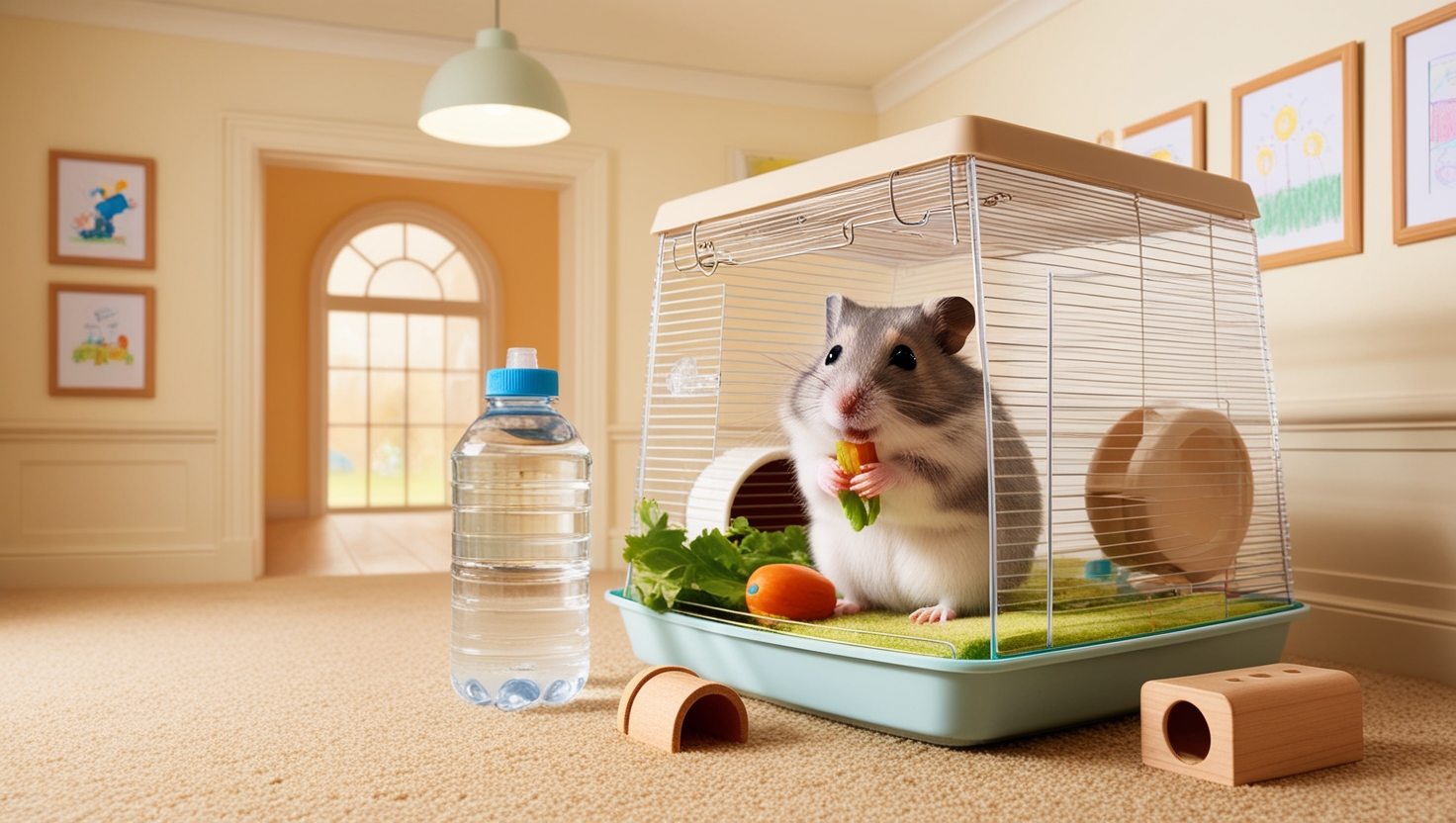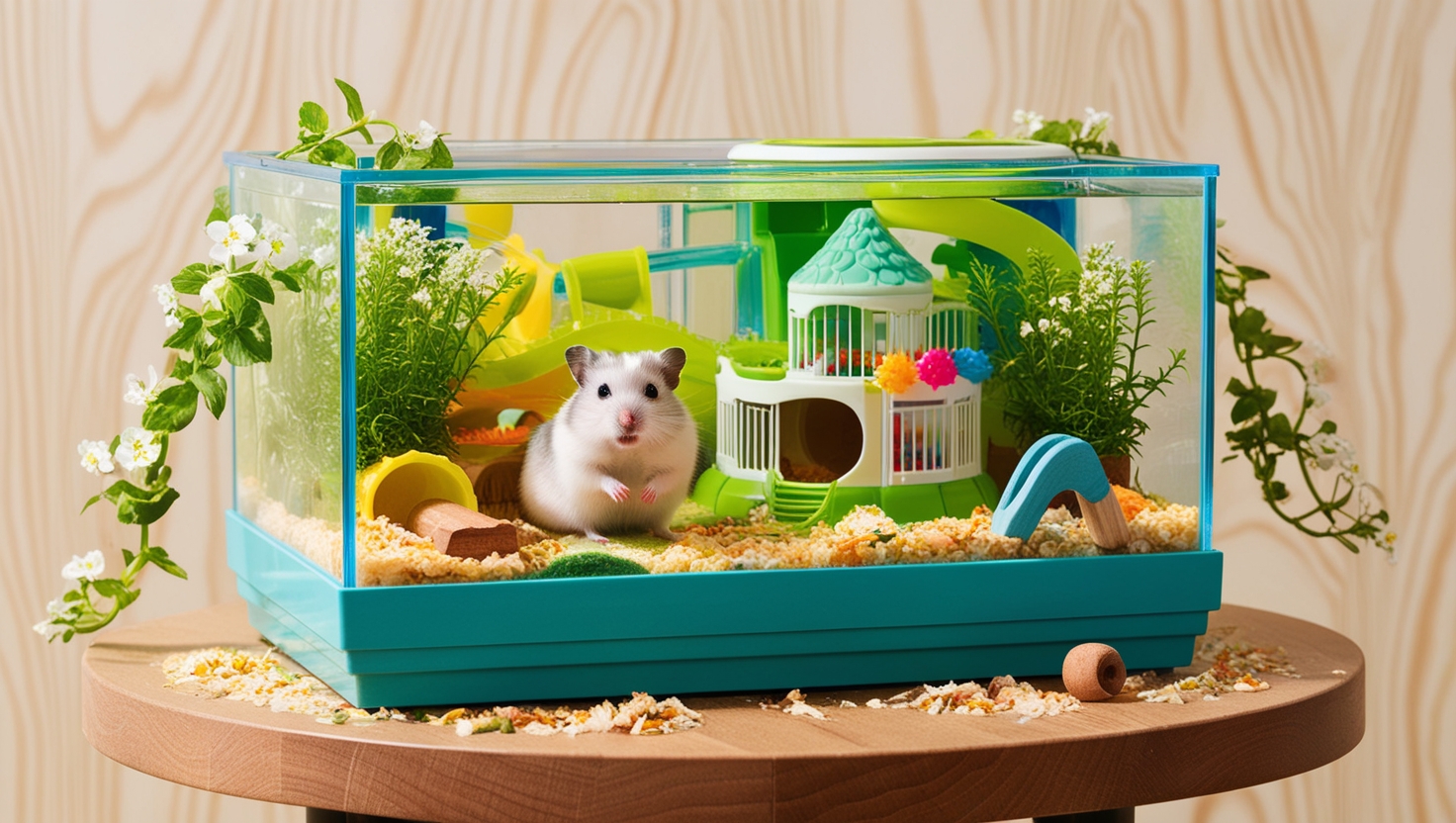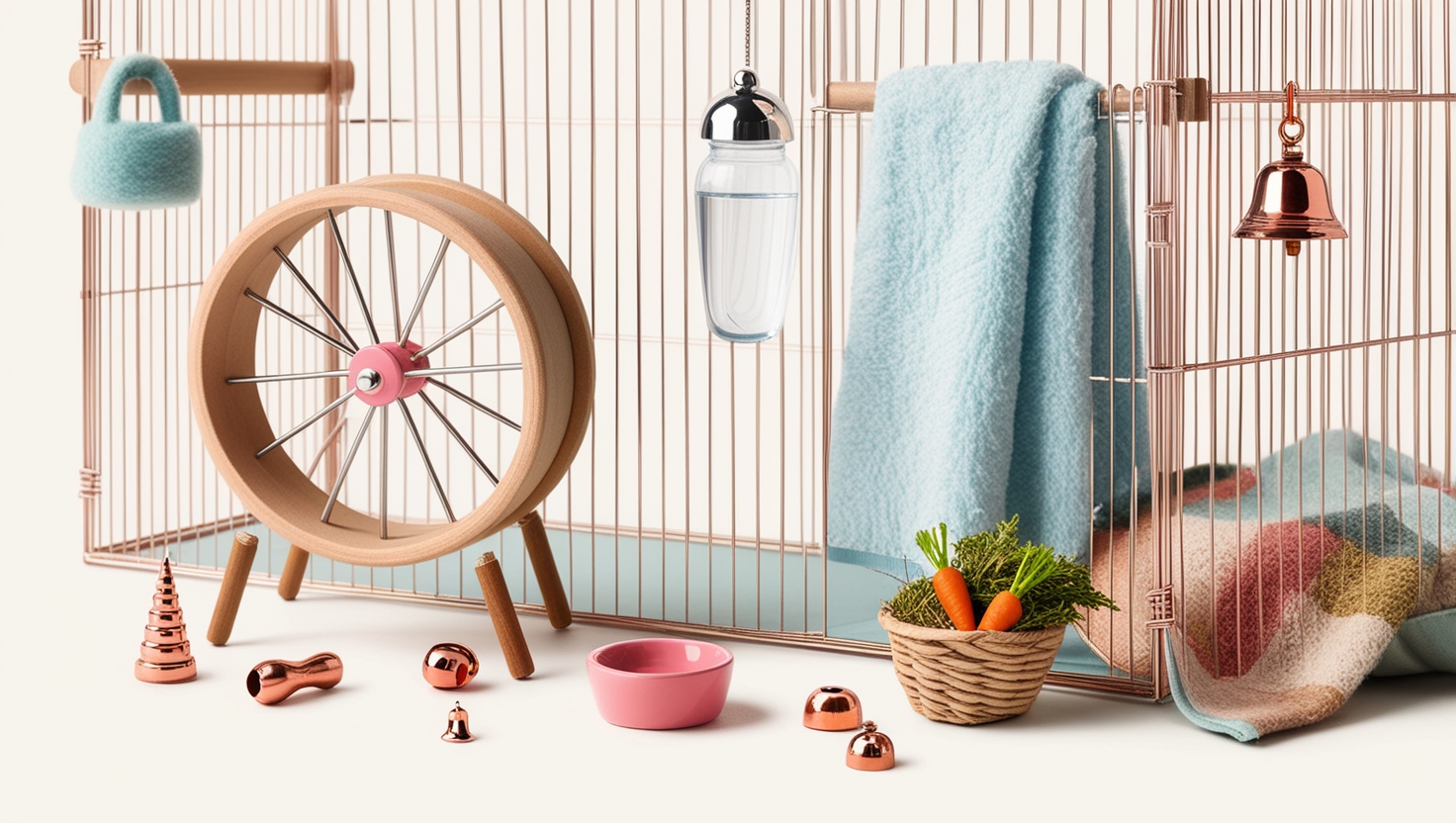Bringing home a hamster is always exciting, but before your tiny friend arrives, you need to create a safe, stimulating, and comfortable home for them to thrive. Setting up the perfect hamster cage isn’t just about tossing in some bedding and a wheel; it’s about understanding your hamster’s needs and tailoring their environment for maximum happiness.
As a passionate hamster parent and fosterer for many years, I’ve experimented with countless cage setups for different hamster species. I’ve learned that a well-designed hamster cage is crucial for their physical and mental well-being. Let’s dive into the essentials to create a hamster haven your furry friend will adore!
The Cage: Bigger is Always Better
The first step is choosing the right cage. Forget those cramped cages you often see at pet stores; your hamster needs space to roam, burrow, and play. I recommend a minimum of 600 square inches of floor space for Syrian hamsters (they’re the larger ones) and at least 450 square inches for dwarf hamsters.
Types of cages:
- Glass Tanks: Excellent for burrowing, offer good ventilation, and provide a clear view of your hamster.
- Wire Cages: Offer good ventilation but make sure the bar spacing is narrow enough to prevent escapes (especially for dwarf hamsters!).
- Plastic Modular Cages: These can be fun, with tubes and compartments, but ensure adequate ventilation and floor space.
Bedding: A Burrowing Paradise
In the wild, hamsters are expert burrowers, creating elaborate tunnels for sleep, nesting, and food storage. Replicating this in their cage is essential.
Choose paper-based bedding:
- Aspen shavings: A popular choice, absorbent, and relatively dust-free.
- Carefresh bedding: Soft and fluffy, perfect for burrowing.
- Avoid cedar or pine shavings: These contain harmful oils that can be respiratory irritants for hamsters.
Aim for a bedding depth of at least 6 inches to allow for proper burrowing.
The Wheel: Keeping Your Hamster Active
Hamsters are naturally active creatures and need to run to stay healthy.
Choosing the right wheel:
- Size Matters: The wheel should be large enough for your hamster to run comfortably without their back arching. Syrian hamsters need a wheel that is at least 8 inches in diameter, while dwarf hamsters do well with a 6.5-inch wheel.
- Solid Surface: Wire or mesh wheels can cause injuries to tiny feet. Opt for solid plastic or metal wheels.
Food and Water: Fueling Your Tiny Friend
Food Dish: Choose a sturdy ceramic dish that won’t tip over easily.
Water Bottle: A hanging water bottle with a sipper tube is the most hygienic option and prevents bedding from contaminating the water.
Enrichment Items: Keeping Your Hamster Stimulated
Hamsters are intelligent creatures and need enrichment to keep them entertained and prevent boredom.
Here are some fun ideas:
- Chew Toys: Wooden blocks, cardboard tubes, and safe chew toys help wear down their teeth, which are constantly growing.
- Hideouts: Provide multiple hides for your hamster to feel secure, such as ceramic huts, cardboard boxes, or coconut shells.
- Climbing Toys: Ladders, platforms, and branches add vertical space and encourage climbing.
Cage Maintenance: A Clean Home is a Happy Home
- Spot Cleaning: Remove soiled bedding daily.
- Full Cleaning: Once a week, replace all the bedding, clean and disinfect the cage, and wash all accessories.
A word from Dr. Susan Miller, a veterinarian specializing in small animal care: “Regular cage cleaning is crucial for your hamster’s health, preventing ammonia build-up from urine, which can cause respiratory issues.”
By following these tips, you can create a stimulating and enriching environment where your hamster can thrive. Remember, setting up the cage is just the beginning; spending time playing with your hamster, observing their behavior, and providing love and attention will make their hamster haven a truly happy home.







